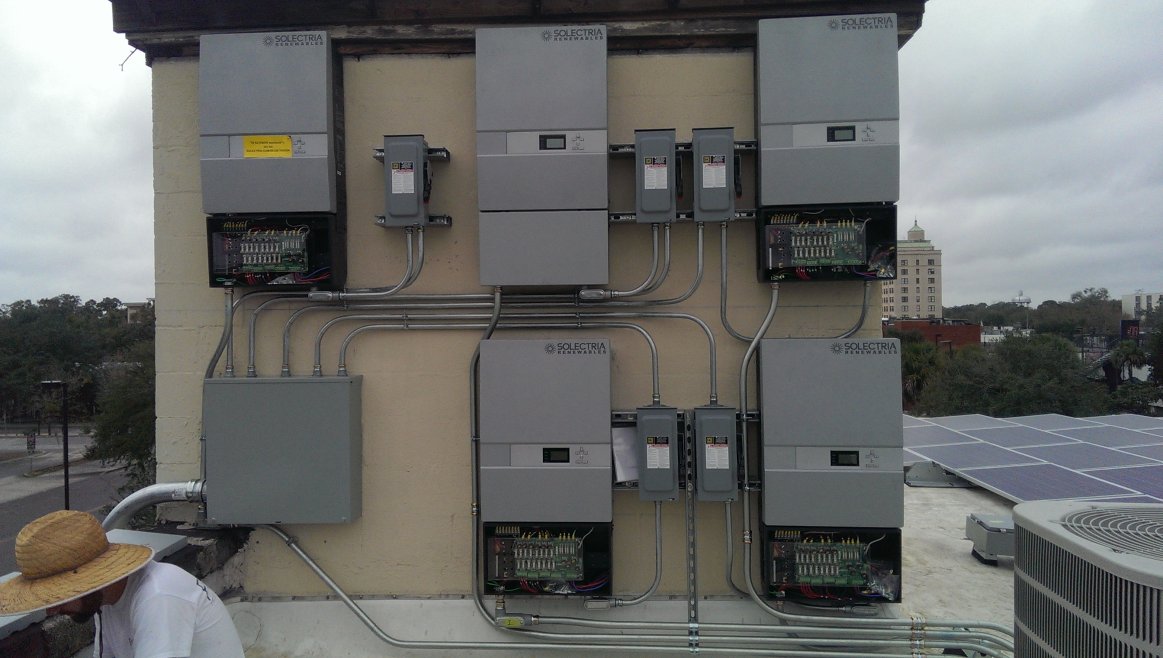
When I first became aware of dual MPPT inverters I asked myself, "Self, why didn't you think of that?" This simple, yet powerful concept provides for simplified PV system design, increased solar production and lower-cost PV installations. It's a win-win situation for solar integrators and renewable energy homeowners alike.
Simplified System Design: Dual MPPT simplifies residential PV system design by allowing for a broader range of array configurations on a single inverter. System designers can now consider strings of different lengths, specify multiple small arrays with more than one azimuth and / or pitch and reduce the overall balance of system components. These design options lead to systems with greater installed capacity, resulting in increased solar production as well as easier installation details resulting in cost savings.
Increased Solar Production: Dual MPPT allows for the potential of harvesting greater amounts of solar energy. In cases where strings of different lengths are possible, dual MPPT allows for maximizing installed solar capacity. Prior to this, an inverter with a single MPPT would limit the overall installed capacity by the string with the least modules. Additionally, dual MPPT is less susceptible to partial shading. When an array is partially shaded, the string(s) not being shaded can operate at maximum power without being held back by the string(s) with partial shading. Finally, soiling will inevitably occur over time and will not be even across the array. Similar to partial shading, dual MPPT reduces sensitivity to variances across the array.
Reduced System Cost: Dual MPPT reduces overall residential PV system costs in many ways. First, simplified designs with less balance of system components provide for faster and easier installations resulting in reduced labor and material costs. Second, dual MPPT, in most cases, replaces the need of installing a second inverter and related additional balance of system components. Finally, when compared to alternative inverter systems, string inverters are less expensive than optimizers and microinverters.
Solar designers, installers and homeowners all benefit from the application of dual MPPT. Designs are simplified, solar production increases and system costs decrease. What more could you ask for from such a simple concept?
Some of the manufactures of these dual MPPT inverters include Enphase, SolarEdge, Fronius, SMA, and MidNite Solar that are offered by Greentech Renewables.